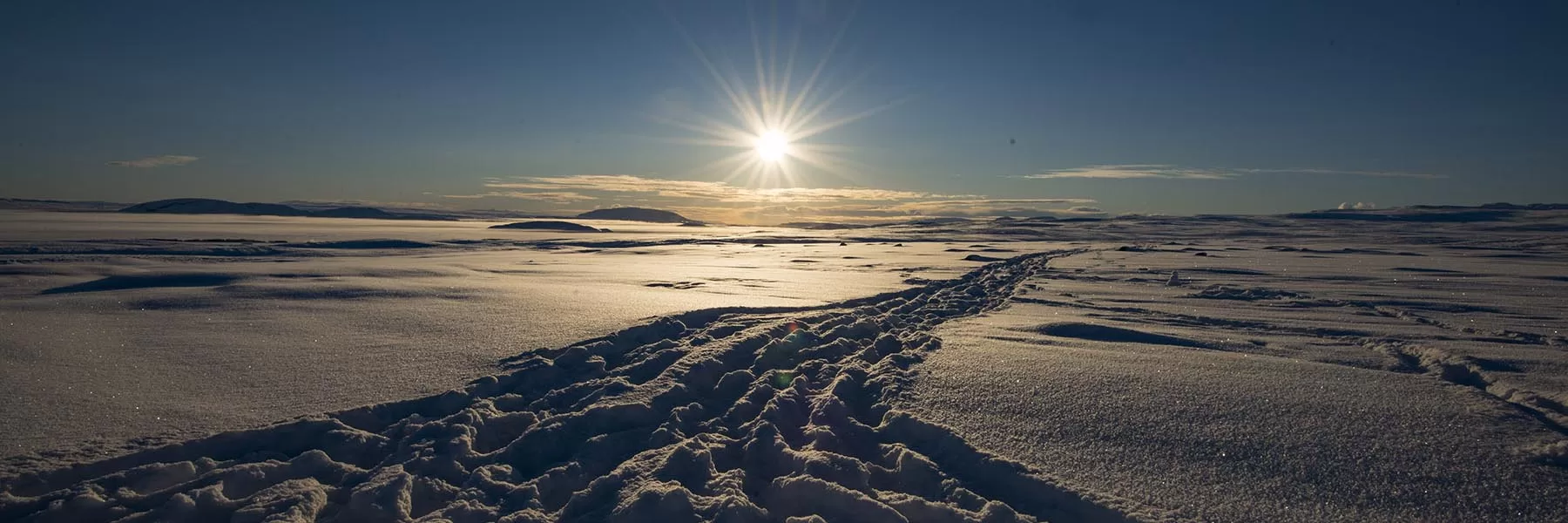Cut to Feb 2016
Just came back from a two week super adventure trip to Iceland. It was the most unplanned trip in true sense with just the checklist of top places to see and no itinerary nor any bookings. We just had a self driven car and depending on weather forecasts (for northern lights) we would decide our plans for the next day.
It was an unique trip in more ways than one. The focus was mainly on landscapes and northern lights. Also new was using a drone to record aerial footage of different places, which is unfortunately not allowed back in India.
We got the top wishlist – northern lights – and multiple times at that. Then there were Geysirs, Glaciers, Ice beaches, Mountains, Waterfalls – it truly is a heaven for landscape photography! The snow in winters restricted mobility, and we could cover only places which fell on the ring road and golden circle, and small detours.
Here are the top 10 things that struck me about Iceland –
1. The Sun is never vertical there, it is always in a slanting position due to proximity with North Pole, never more vertical than what we see at maybe 9am in India.
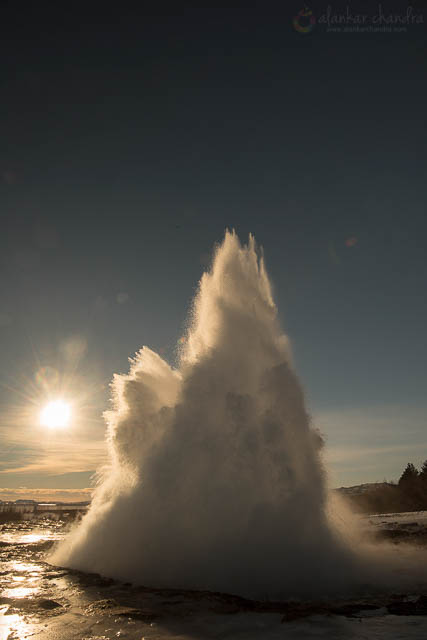
This was taken around 11am at Strokkur Geysir, see the position of the Sun
2. The population of entire country is about 300,000, which same as a Panipat or a Tirupati. About 2/3rds of this population is concentrated around the western capital city of Reykjavik. There are stretches on the eastern side where one does not see a house for 100-200 Kms.
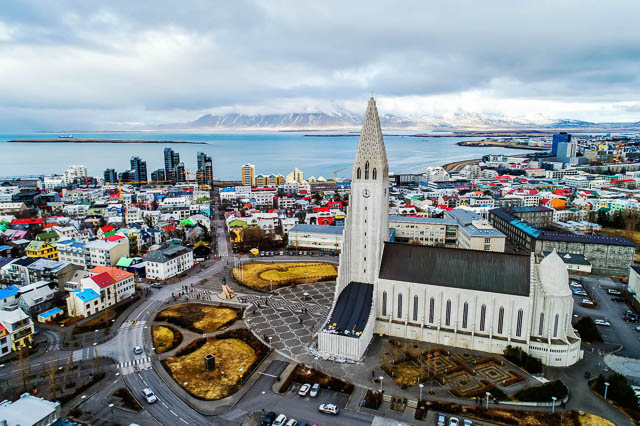
The capital city of Reykjavik with the Hallgrímskirkja Church looking over it
3. In winters the entire country gets a white Snow cover, however the temperatures are not as bad as one would imagine. Despite being close to Arctic Circle, minimum temperatures only go to around -10 degrees thanks to a gulf stream that supplies hot air.
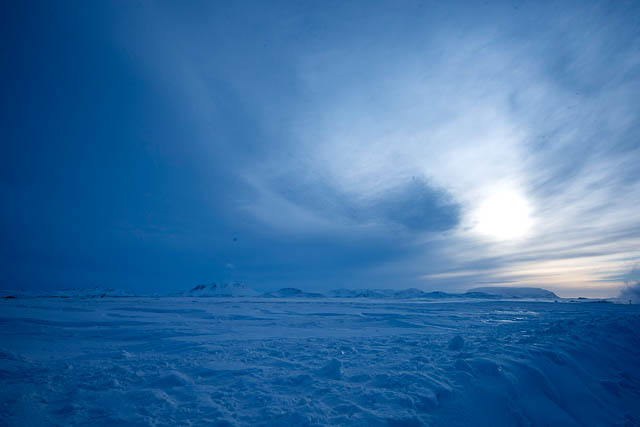
The typical winter landscape of Iceland
4. It is one of the best places in the world to see northern lights, however sighting is never guaranteed. Pre-requisites to see northern lights are a clear sky (free from clouds) and a good KP index (scientific prediction of potential strength of Aurora display). However the later does not hold good always, we saw a full blown display like the below on a day predicted with very low activity.
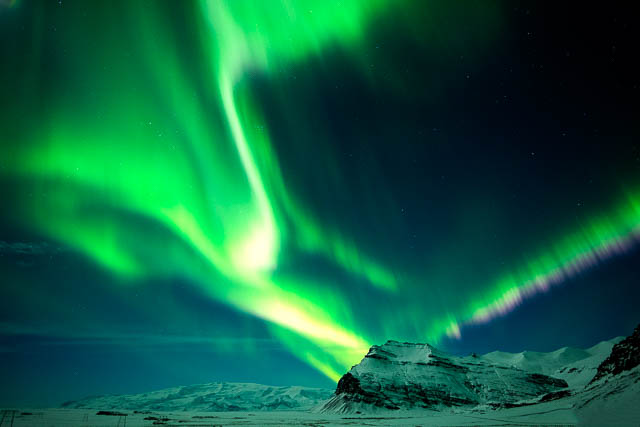
One of the better northern lights display that we had
5. These are two different places, one in summer and one in winter. In winters, everything is covered in Snow, most interior roads are closed (except circular ring road covering the country, and few major roads), most waterfalls are frozen. Northern lights are a major attraction in winters and are much less likely in summers. In summers all the roads open, interior highlands are accessible, the temperatures are much more comfortable and it is the peak tourist season from July to September.
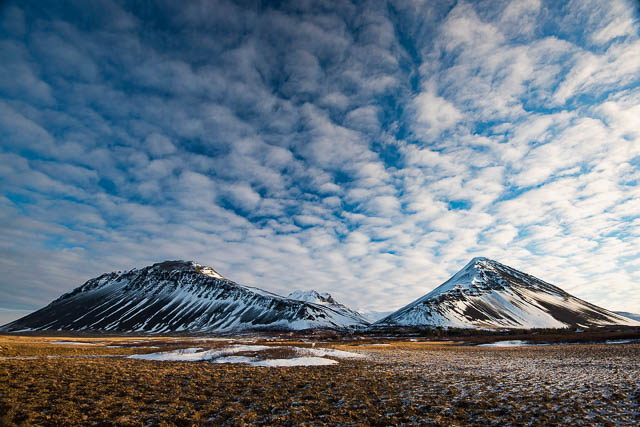
This was one of the rare places where Snow had not caught up completely, looked more like summers!
6. Iceland is said to be second windiest place in the world, and did we encounter some! On couple of days the winds were shaking up our car almost like a swing, and it was impossible to stand out in the open (we would have probably flown away). The rental companies tell not to open the door against direction of the winds or the doors may fall off (yes, it has happened to some people).
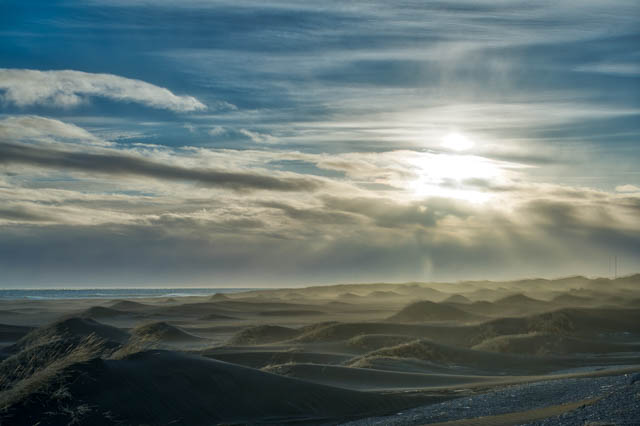
winds blowing on a seaside in Iceland
7. Though the country is surrounded by Sea on all sides, but there are no typical white sand blue water beaches in the country as in mainland Europe. On the contrary many beaches have black sand, that are results of volcanic eruptions over many years.
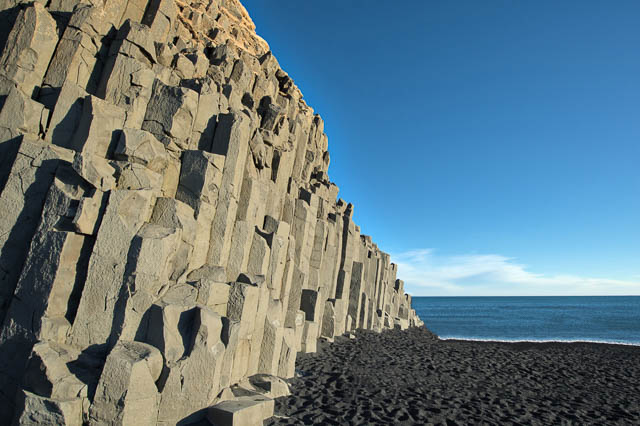
Typical black sand beach in Iceland.
8. Volcano is another regular occurrence in Iceland. The last one was active till about one year ago, though we did not see any active volcano. When a volcano happens, most of the approach roads are closed though for safety, and the only way to see it is from a helicopter. Local companies start offering helicopter tours then.
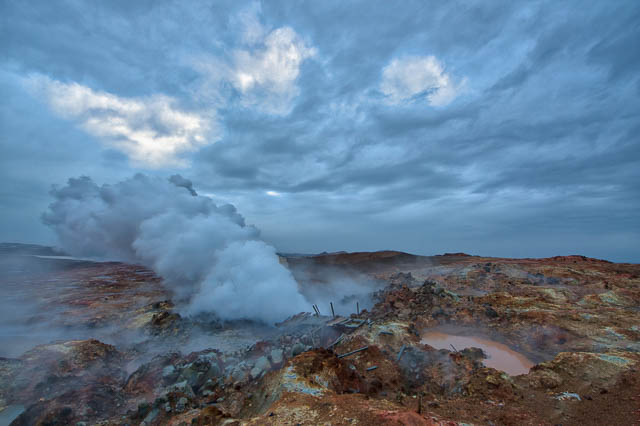
Volcanic activity near Keflavik
9. There are some big glaciers, with Vatnajokull glacier taking about 8% of the land area. It is very tricky to approach these glaciers and near impossible to walk on them without a trained local guide. There are false surfaces where one can fall down inside freezing water. In our case, the drone did the hard work for us and captured close footage over glaciers which was otherwise impossible.
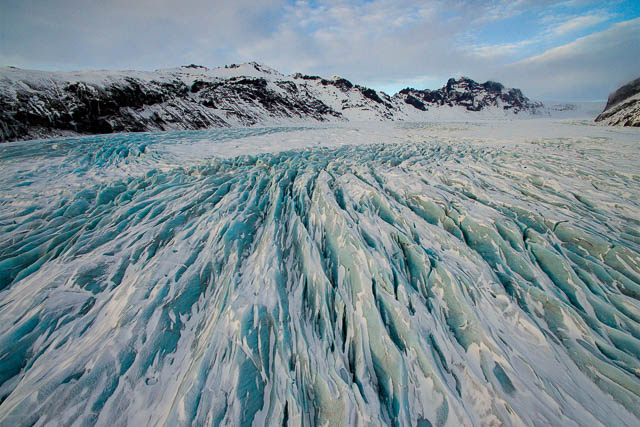
One of the many glaciers in Iceland, Svínafellsjökull
10. While it is discussed at many places how fresh Air could be commoditized and sold in near future, Iceland has already put that into practice! Many stores sell “fresh Icelandic mountain Air”, a small tin for about INR 600 equivalent. Maybe we should start the same with Himalayan Air!
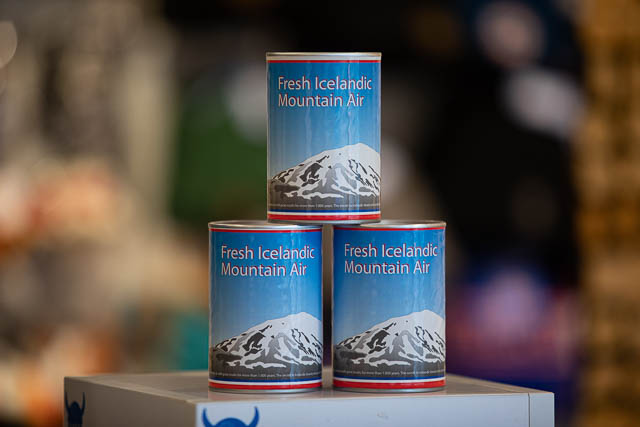
Air anyone?
How did you like these experiences? Detailed posts will follow about Northern lights, Glaciers and some amazing landscapes we came across. Till then cheers!


